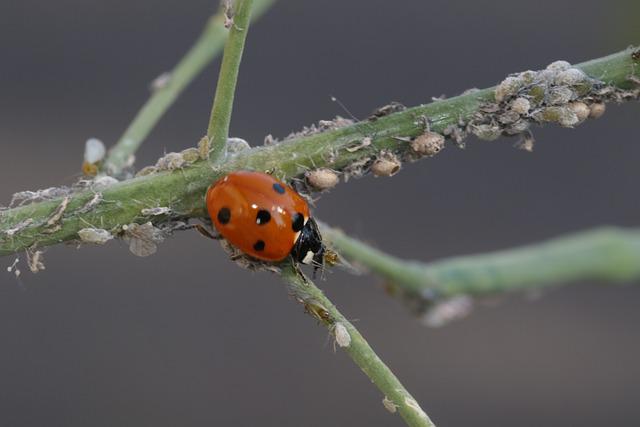Tackling Weeds
What to do When You Are Overwhelmed by Weeds
by Sandy Swegel
Our friend and blog reader CJ recently sent us some great suggestions about tackling weeds when you are absolutely overwhelmed by weeds on your property. She has a large hilly country property that is atop a mesa so weed seeds fly in from miles around. Her gardens are xeriscaped and mulched which helps discourage weeds, but last Fall’s flooding here in Colorado has created a bumper crop of tall lush weeds that threaten to take over everything.
If you have more weeds on your property than you have hours in the day to pull, here are her suggestions.
First, I tackle any weed that is threatening the life of a plant I care about.
I weed an area around the plant perimeter. This doesn’t take too long, and often is the first weeding I do in the spring.
Second, I must give priority to any weed that is going to seed.
Especially if it is upwind from my beds. Downwind, given our terrain, I don’t care too much. I just weeded cheatgrass and that thin sticky thing with tiny yellow flowers along the driveway berm. Got the whole thing weeded in a little over an hour.
Third, I weed where the weeds bother me…as in, if something is getting ready to bloom, I don’t want to stare through a bunch of weeds to see it. So I try to be aware of focal points, and where the eye is naturally drawn to.
Finally, with noxious weeds, my rule is just to get rid of them before they release seeds, at all costs, but not necessarily as a first priority if they are still flowering. (and yes, I left the donkey tail this year until now because it is the first thing in my garden for the pollinators, along with the dandelions.)
Of course, sometimes when I just need a rush, I go out and pull the biggest weeds I can find, so after 30 minutes I have this pile twelve feet high and feel like I’ve really accomplished something. : )
Thanks to CJ for sharing her wisdom of many years of living on the windblown high plains. I love the idea of the adrenaline rush from a frenzy of pulling big weeds. I do love doing that too!
Photo credit http://bikesandbirds.blogspot.com/2010/07/weeds.html
http://www.suburbanprairiehomemaker.com/2012/08/garden-party-our-lasagna-garden.html


